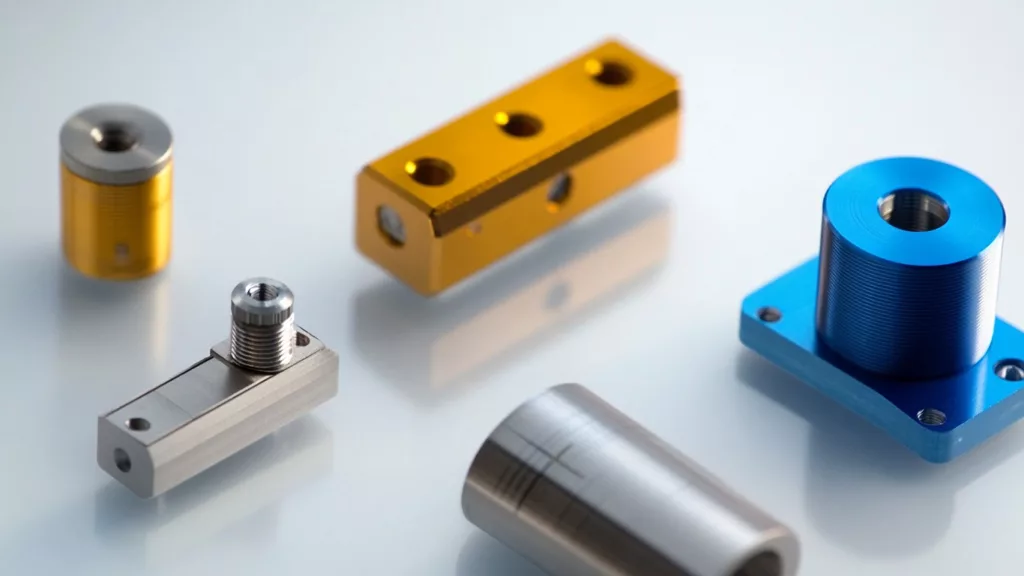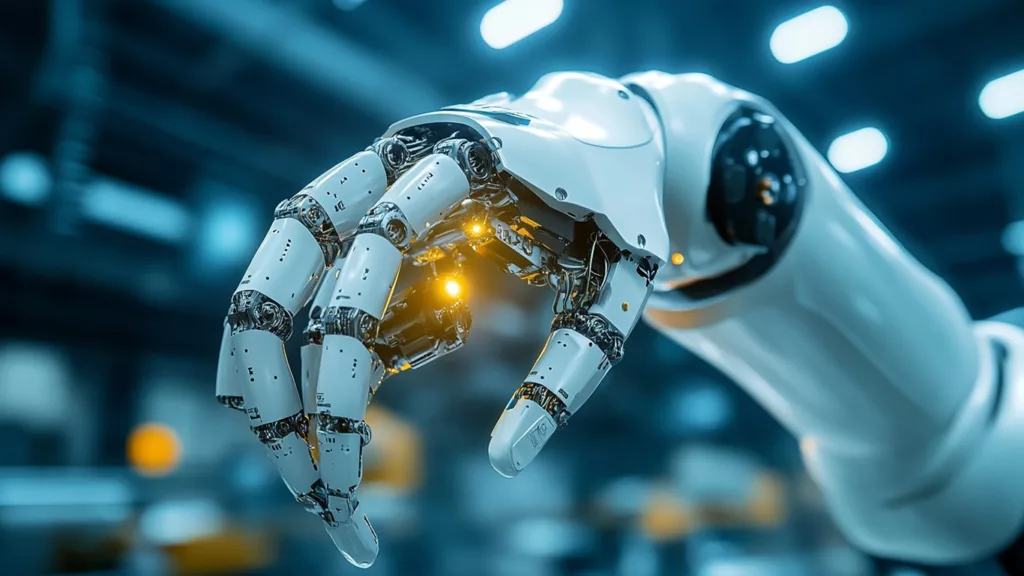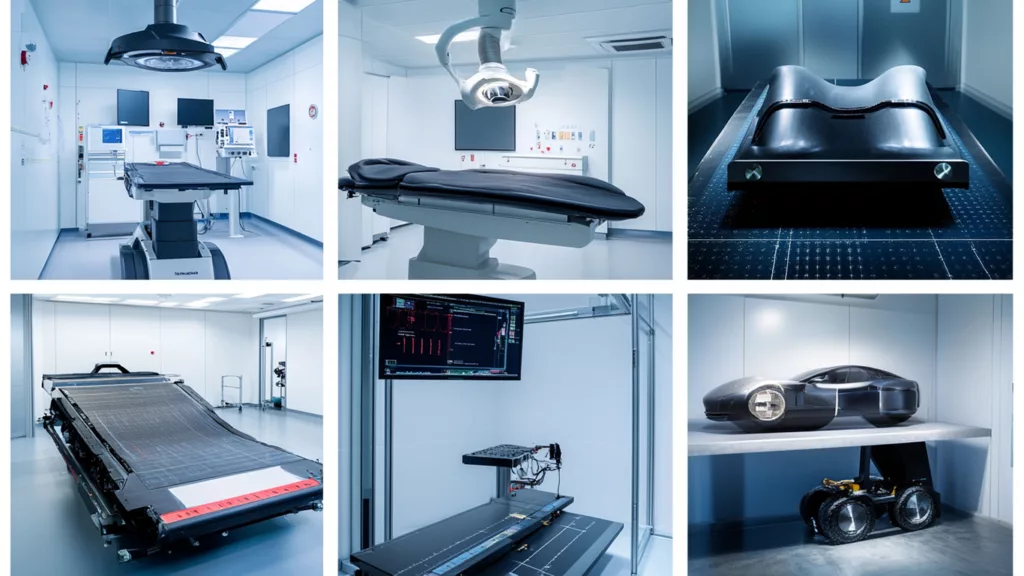What is a Force Transducer?
A force transducer, often referred to as a force sensor or load sensor, is a precision instrument designed to measure force. Whether you’re pressing a key on a keyboard, monitoring a car’s braking system, or automating an industrial robot arm, force transducers play a silent but critical role.

Essentially, they work by converting mechanical energy — the force — into an electrical signal that can be measured, recorded, or analyzed. These devices are indispensable in engineering, research, industrial control, and countless automated systems.
Their accuracy, responsiveness, and versatility make them the backbone of any application where understanding the impact of force is crucial. And although they’re often tucked away in machines and systems, their data helps industries maintain safety, quality, and efficiency standards.
Understanding the Working Principle of Force Transducer
At the heart of every force transducer is a fundamental principle: mechanical deformation leads to electrical change. Most force sensors operate based on strain gauge technology. As force is applied, a component inside the transducer deforms slightly. This deformation changes the electrical resistance of strain gauges bonded to the component, which is measured and converted into a readable force value.
Others use piezoelectric crystals or capacitive plates to detect these changes. Regardless of the type, the goal remains the same — detect, quantify, and relay force in a format that machines or operators can interpret.
The precision of this process is paramount. Tiny voltage shifts, often in microvolts, are detected and amplified, necessitating high-quality internal electronics and proper shielding from noise.
Key Components of a Force Transducer
To appreciate the performance of a force transducer, understanding its anatomy is key. Core components include:
- Sensing Element: This is where the magic happens — usually a strain gauge or piezoelectric crystal.
- Elastic Element (Spring Body): Designed to deform in a predictable manner under load.
- Signal Conditioner: Converts analog signals into usable digital data.
- Housing: Protective casing to shield components from harsh environments.
- Connector/Cables: For data transmission to external systems.
Each of these parts must function seamlessly to ensure the sensor’s longevity and reliability. Even a tiny flaw can lead to inaccurate readings or complete failure.
Types of Force Transducers Explained
Force transducers come in a variety of forms to suit different applications. These include:
- Strain Gauge Transducers: The most common, offering high accuracy.
- Piezoelectric Transducers: Ideal for dynamic force measurements.
- Capacitive Sensors: Sensitive and compact, often used in touch-sensitive applications.
- Hydraulic/Pneumatic Transducers: Rugged, often used in heavy machinery.
The choice of transducer depends largely on the type of force, environment, and required resolution.
Strain Gauge Force Transducer
Strain gauge sensors dominate the industry due to their unmatched reliability. A grid of conductive foil is bonded to a surface that experiences stress. As the material deforms, the foil’s resistance changes. This resistance change is converted into voltage and calibrated to represent force.
These transducers are widely used in weighing systems, automotive testing, and industrial automation.
Piezoelectric Force Transducer
Piezoelectric sensors generate voltage in response to mechanical stress. These are perfect for applications involving rapid changes in force, such as vibrations or impact testing. However, they require special amplifiers due to the high impedance of the signal.
Industries like aerospace, defense, and structural health monitoring benefit greatly from their dynamic response.
Capacitive Force Transducer
Using changes in electrical capacitance between two plates as the measure of force, these sensors are highly sensitive and compact. They’re often used in medical devices, consumer electronics, and robotics where space and weight are limited.
Hydraulic and Pneumatic Force Transducers
Though considered outdated by some, hydraulic and pneumatic force transducers remain vital in rugged environments where electrical components may fail. These transducers use fluid or air pressure to measure force and are widely used in agriculture, construction, and off-road machinery.
Choosing the Right Force Transducer
Selecting a transducer isn’t just about picking the most expensive or sensitive option. Key considerations include:
- Type of Force: Static, dynamic, compressive, tensile?
- Range and Accuracy: What level of sensitivity and tolerance is needed?
- Operating Environment: Temperature, humidity, and vibration can affect performance.
- Size and Mounting: Must fit within the system seamlessly.
Making the right choice is vital to ensure longevity, reliability, and data accuracy.
Force Transducer Calibration and Accuracy
A poorly calibrated transducer is as useful as a broken compass. Calibration ensures the sensor provides accurate readings over time and under various conditions. It involves applying known loads and adjusting the output to match these values.
Regular recalibration is essential, especially in mission-critical systems like medical devices or aerospace components.
Force Transducer vs Load Cell: Key Differences
While often used interchangeably, a load cell is a type of force transducer specifically designed for measuring weight or load. All load cells are force transducers, but not all force transducers are load cells.
Load cells are commonly found in weighing scales, whereas broader force transducers are used in dynamic force measurement, material testing, and machine control systems.
Force Transducer Applications in Industrial Automation
In today’s Industry 4.0 landscape, force transducers are integral to achieving real-time feedback and process optimization. Automation systems utilize these sensors to control robot arms, monitor assembly lines, and fine-tune operations. Whether it’s pressing a bearing into a housing or ensuring precise torque application, these sensors guarantee consistency and quality.
Robotic assembly, in particular, relies heavily on force feedback to determine when a part is fully inserted, seated correctly, or over-tightened. The result? Reduced defects, less downtime, and happier customers.
Medical Applications of Force Transducers
In healthcare, precision can literally save lives. Force transducers are used in robotic surgery systems to help doctors apply the exact amount of pressure during procedures. They’re also embedded in prosthetics to mimic real muscle force, providing wearers with natural movement and grip.
Other applications include:
- Patient beds and chairs to detect movement or weight shifts.
- Force-sensing catheters for cardiovascular diagnostics.
- Rehabilitation robots to adjust resistance based on patient strength.
Automotive Uses of Force Transducers
Cars have come a long way — and much of that evolution is powered by data from sensors like the force transducer. They’re used in:
- Crash testing to measure the impact on dummies.
- Engine mounts to detect vibrations or misalignments.
- Brake systems to provide adaptive feedback in real time.
Even electric vehicles (EVs) use force transducers to monitor battery weight distribution, contributing to energy efficiency and safety.
Agricultural Machinery and Force Sensors
Agritech has embraced precision. Force transducers help optimize:
- Seed planting pressure
- Harvesting arm grip force
- Fertilizer distribution weight
By using real-time data, farmers reduce waste, increase yield, and cut down on operational costs. These sensors thrive in rugged environments and are built to withstand dust, moisture, and vibration.
Force Transducer in Aerospace Engineering
In aerospace, every gram matters. Force transducers assist engineers in measuring component fatigue, structural stress, and lift/drag ratios in wind tunnel tests.
They’re also used in simulators to mimic the forces pilots experience mid-flight, and in satellite deployment systems where precision timing and force are non-negotiable.
The Role of Force Transducers in Consumer Electronics
Ever wonder how your phone knows how hard you’re pressing? That’s a force transducer in action. From touch-sensitive buttons on gaming consoles to pressure-sensitive styluses, these sensors enable richer user experiences.
Wearables and fitness trackers also utilize force data to detect stride impact, posture, and activity intensity.
Packaging Industry and Force Measurement
Force sensors are essential for automated packaging lines. They ensure that packages are sealed with the right pressure, containers are filled correctly, and labels are applied with just enough force to avoid damage.
This level of control translates into less product loss and better compliance with packaging standards.
Force Transducers in Construction and Civil Engineering
Structural integrity isn’t something you want to guess about. Force transducers help measure:
- Load-bearing strength of materials
- Stress during bridge or building construction
- Shifts in support beams or columns over time
They’re even embedded in smart concrete to provide real-time stress data, helping prevent failures before they happen.
Advantages of Using a Force Transducer
Here’s why force transducers are indispensable:
- Accuracy: Delivers precise force measurements.
- Reliability: Built to perform in demanding environments.
- Versatility: Works in static or dynamic settings.
- Compact Size: Integrates into tight spaces with ease.
- Low Maintenance: Requires minimal upkeep with proper use.
These benefits make them a favorite among engineers, technicians, and designers alike.
Challenges and Limitations of Force Transducers
While force transducers are incredible, they do face hurdles:
- Temperature Sensitivity: Can impact accuracy if not compensated.
- Overload Risk: Excessive force may damage internal components.
- EMI Interference: Electromagnetic noise can skew data.
- Calibration Drift: Over time, output may deviate without recalibration.
Understanding these limitations helps users mitigate risks and plan better maintenance schedules.
Innovations and Future Trends in Force Sensing
The future is bright for force transducer technology. Key developments include:
- Wireless force transducers for remote monitoring.
- Miniaturized sensors for integration into microdevices.
- AI-driven force feedback for adaptive systems in robotics.
- Smart materials that self-report stress and strain.
We’re seeing force sensors evolve from passive tools into active components of intelligent systems.
Maintenance Tips for Long-Lasting Performance
Want your force transducer to last? Follow these tips:
- Avoid overloading beyond rated capacity.
- Regular recalibration to ensure ongoing accuracy.
- Protect against moisture and contaminants with enclosures.
- Handle with care during installation and wiring.
- Monitor signal drift for early signs of degradation.
These simple steps can extend your device’s life by years.
Force Transducer Safety Guidelines
Safety first! Proper handling ensures both the sensor and the user are protected.
- Always disconnect power before handling.
- Use overload protection circuits where applicable.
- Ensure proper grounding to prevent electrical shock.
- Never exceed environmental specifications (temp, pressure).
- Follow manufacturer instructions closely.
Common Myths about Force Transducers
Let’s bust a few myths:
- “All force sensors are the same.” False! Types vary greatly by use case.
- “They don’t need recalibration.” Also false. Regular checks are critical.
- “Size equals power.” Small transducers can be just as powerful as larger ones.
- “Only industrial applications use them.” Nope. They’re everywhere — from phones to treadmills.
Troubleshooting Force Transducer Issues
Experiencing odd readings? Here’s a quick checklist:
- Check for loose or damaged connections.
- Verify power supply is within spec.
- Inspect sensor surface for contaminants.
- Recalibrate if readings drift over time.
- Replace if internal element shows signs of fatigue.
Buying Guide: Best Practices for Force Transducer Procurement
Before you buy:
- Define the force range and type (static/dynamic)
- Check compatibility with your data acquisition system.
- Look for certifications (ISO, CE) where relevant.
- Ask about customization for mounting or environmental sealing.
- Read reviews or request demo units if available.
Sourcing the right transducer from a reputable manufacturer pays dividends in performance and peace of mind.
FAQs
What is the difference between force and pressure transducers?
How often should a force transducer be calibrated?
Can force transducers work in extreme environments?
Are wireless force transducers reliable?
Can I use the same force transducer for tension and compression?
What industries benefit most from force transducers?
Conclusion
Force transducers may be hidden from view, but their impact is impossible to overlook. From ensuring your car’s brakes respond just right to helping a surgeon’s robot apply the perfect amount of pressure, these sensors make modern life safer, smarter, and more efficient.
Their evolution from basic strain gauges to intelligent, wireless, and AI-enhanced devices signals a future where force feedback becomes the norm — not the exception. And with advancements in materials science and microelectronics, their accuracy and versatility will only increase.
Clear Call-to-Action (CTA)
XJCSENSOR is a trusted manufacturer specializing in custom and wholesale force transducer solutions for industrial automation, robotics, automotive systems, electronics manufacturing, agricultural equipment, and medical technology.
Looking to integrate high-performance force transducers into your next project?
👉 Contact XJCSENSOR today for a free consultation or to explore our comprehensive product line.
📧 Sign up for our sensor innovation newsletter.
🔍 Visit our website to compare force transducer models.
📱 Follow us on LinkedIn for industry updates and case studies.
Your force sensing solution starts with XJCSENSOR — Precision. Performance. Proven.



